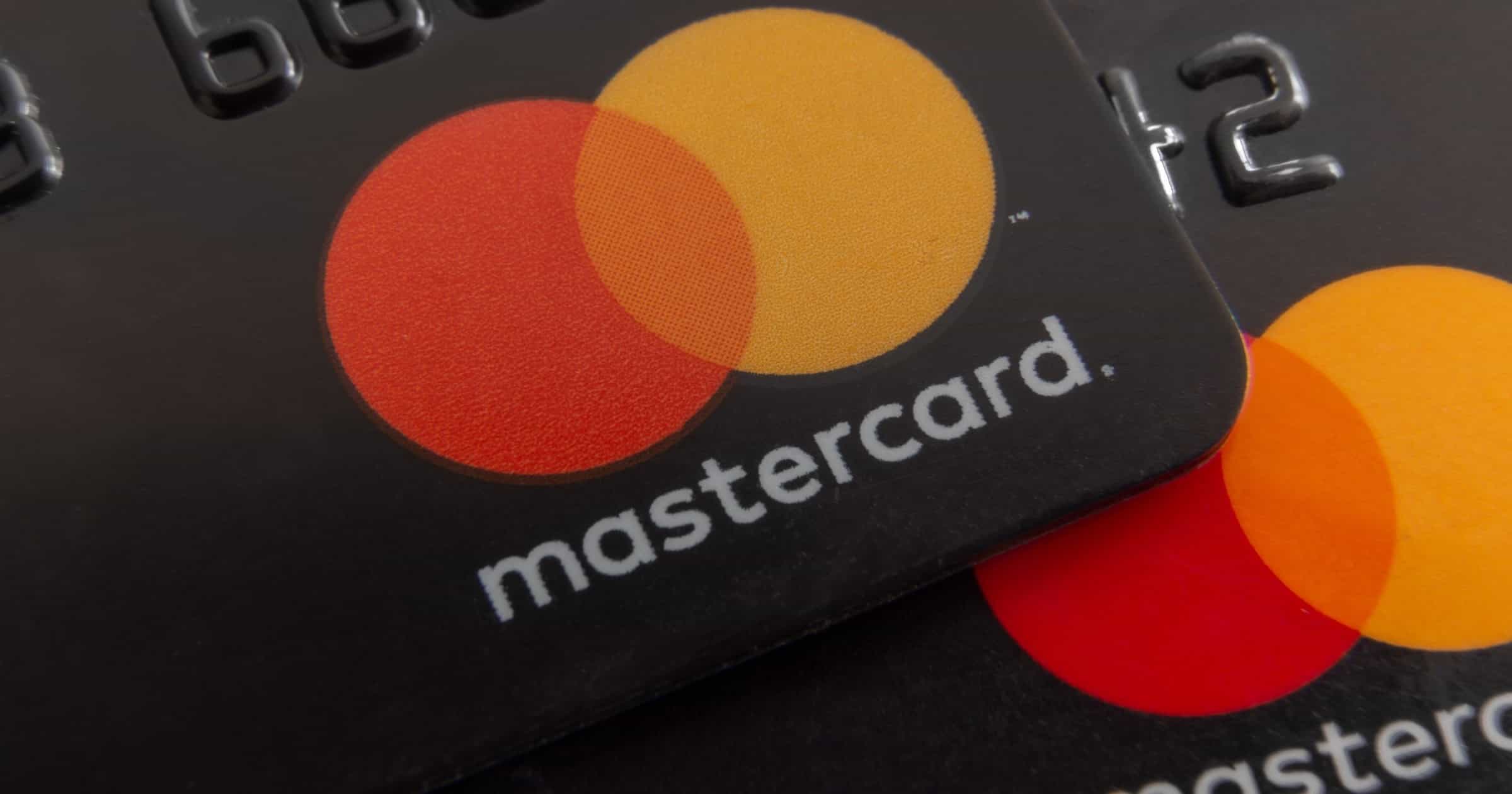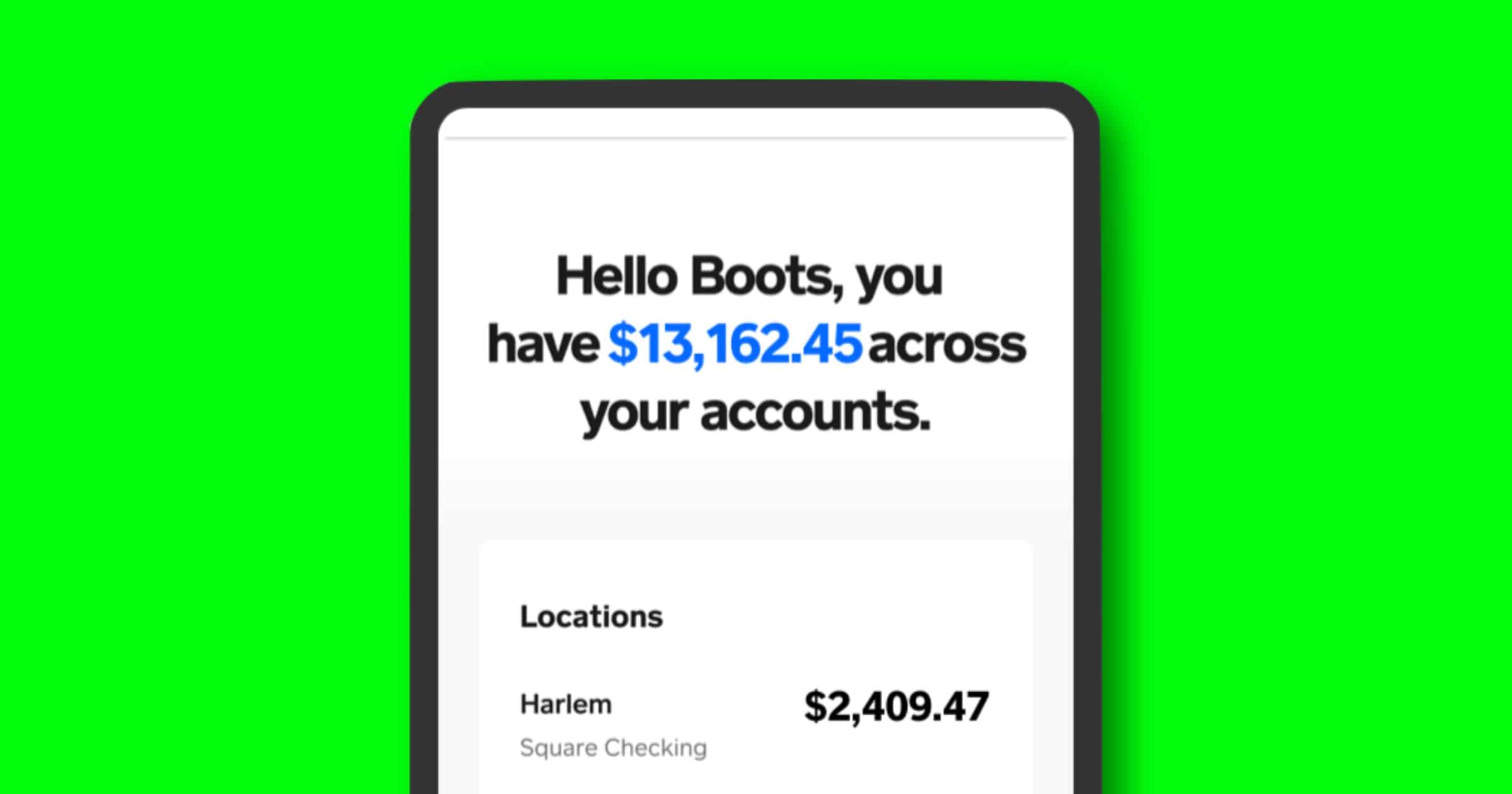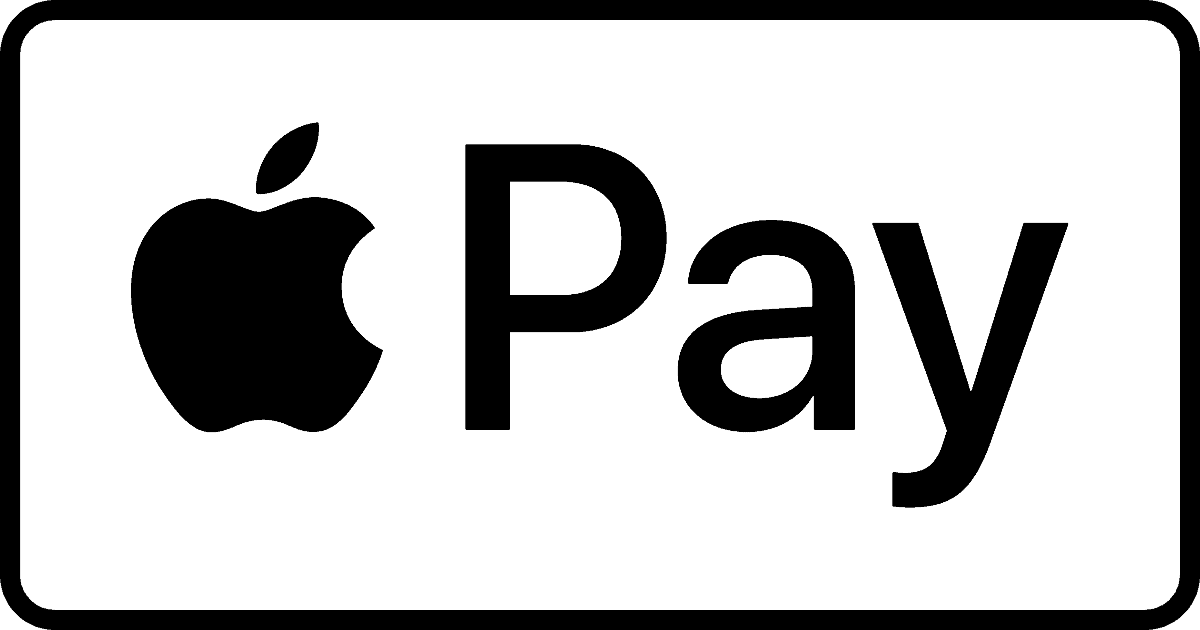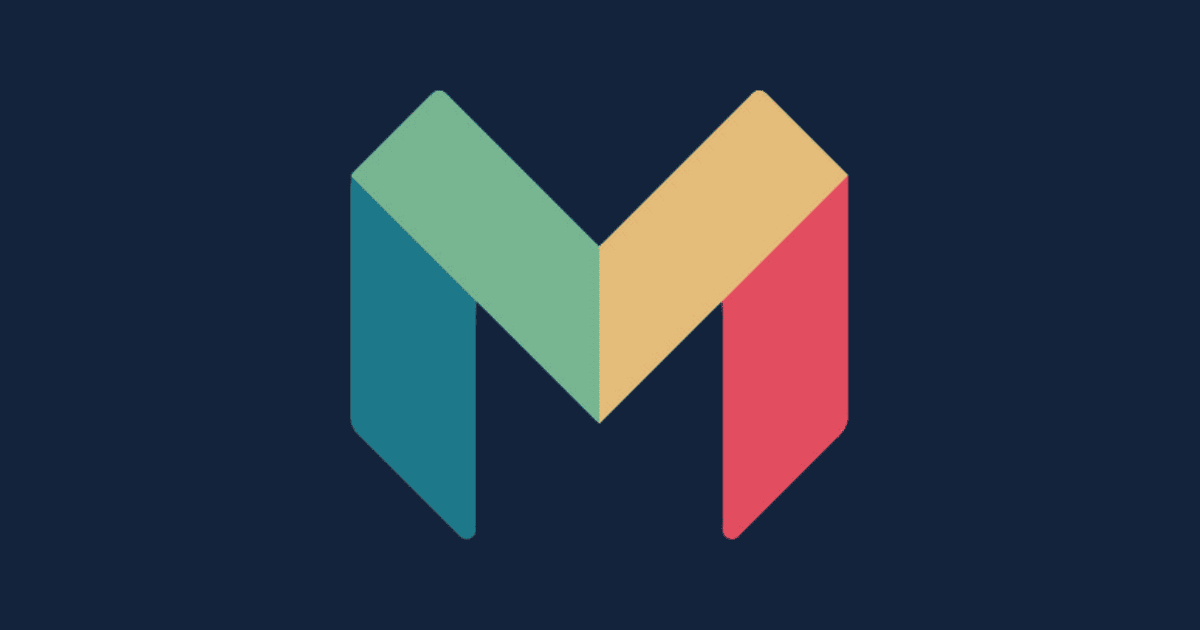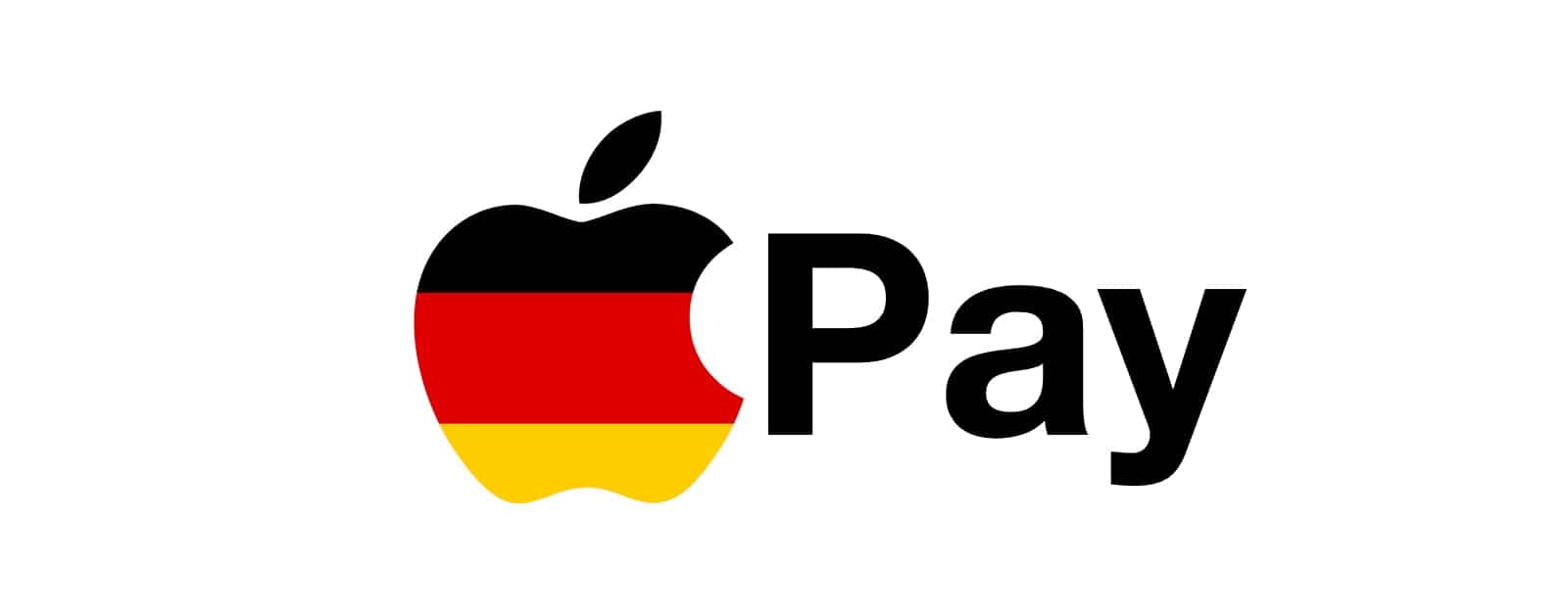Mastercard and Bakkt announced a partnership to make it easier for merchants, banks and fintechs in the U.S. to offer cryptocurrency loyalty programs.
Mastercard will also integrate crypto into its loyalty solutions, enabling its partners to offer cryptocurrency as rewards and create fungibility between loyalty points and other digital assets. This means that consumers can earn and spend rewards in cryptocurrency instead of traditional loyalty points and seamlessly convert their crypto holdings to pay for purchases.
